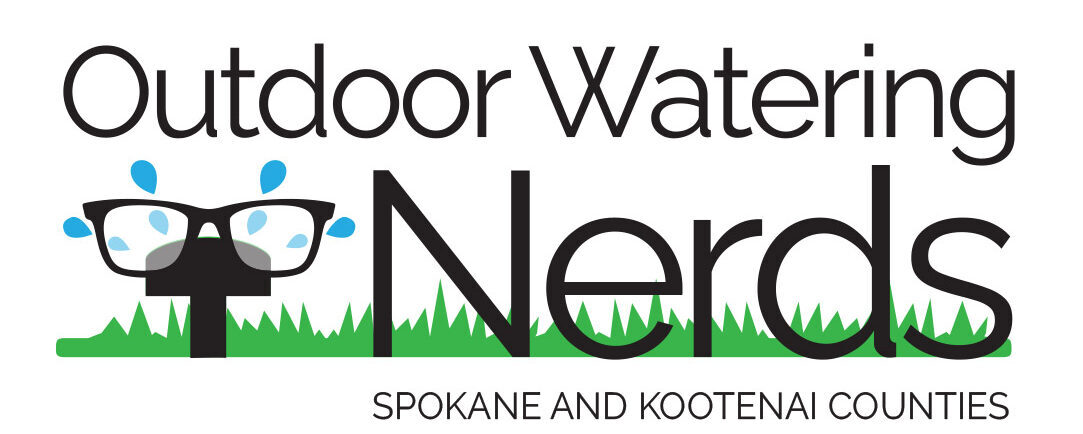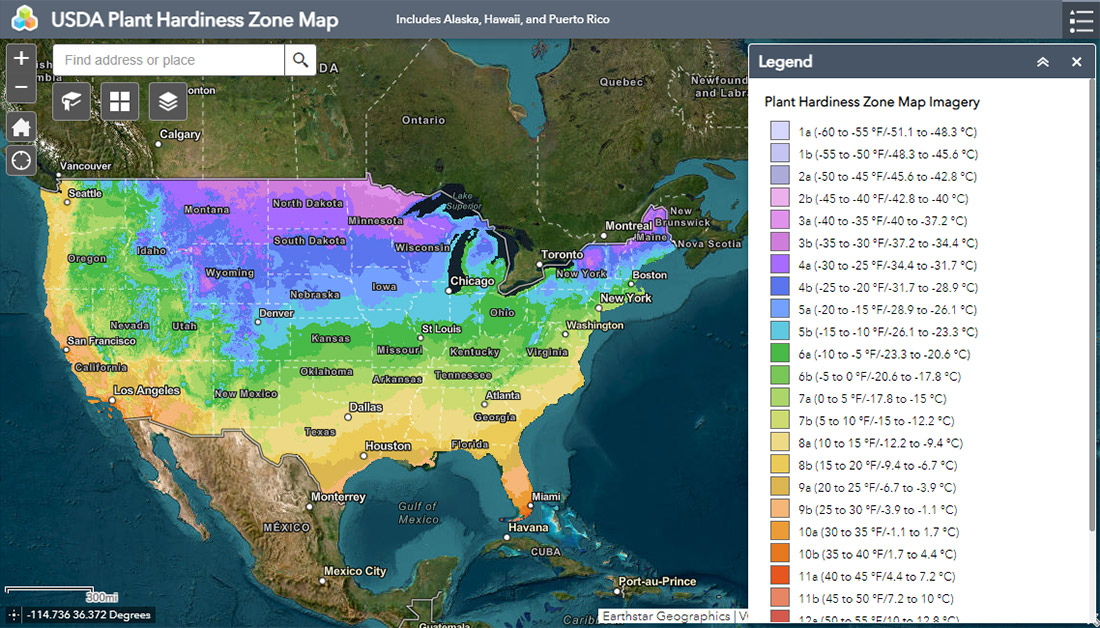Drought Tolerant and Native Plants
Using water efficiently is always important but even more urgent when droughts occur. Temperature and precipitation are changing the snow and rain patterns in our region and the trends are toward hotter and drier conditions. The US Drought Portal provides up to date drought information. Planting drought tolerant and native plants is one way to reduce outdoor water use and still enjoy a beautiful yard. In this section you will find links to the USDA Plant Hardiness Zones, Master Gardener and Composter Programs in ID and WA, noxious weeds to remove, the importance of healthy soils, and plants that provide seasonal interest as well as food and habitat for wildlife. Explore the DIY Native Plant Nurseries
Drought Information
The U.S. Drought Monitor can be searched by zip code to find local drought and precipitation conditions. It also provides national maps showing parts of the U.S. that are currently in drought. The USDM relies on drought experts to synthesize the best available data and work with local observers to interpret the information and is a joint effort of the National Drought Mitigation Center, U.S. Department of Agriculture, and National Oceanic and Atmospheric Administration.
USDA Plant Hardiness Zone Map
Our region has different topographic and geographic features. Areas throughout Idaho and Washington differ in temperature range and ability to support plant species without the need for supplemental water and fertilizers. Before you buy plants you might want to determine your USDA Plant Hardiness Zone.
Soil Type & Soil Health

Natural undeveloped surface soils in the Spokane-Kootenai region are a gravelly ashy loam. This soil type is comprised of gravels of various sizes in a matrix of volcanic debris and organic bearing fine silt, with and without clays. The variability of these soils is high to the casual observer, but in general the hydraulic properties of soils are very similar throughout the Spokane River Basin.
Unfortunately, the common practice of developers in our region is to strip the topsoil. What’s left behind is gravely loam and/or sandy loam. The organics, volcanic debris, and organic bearing fine silt are removed with the topsoil. Most homes are on developed sites not natural undeveloped sites and soil health will need to be considered when selecting plants.
Principles of Soil Health
Soil is not an inert growing medium – it is a living and life-giving natural resource. It is teaming with billions of bacteria, fungi, and other microbes that are the foundation of an elegant symbiotic ecosystem.
Soil health is defined as the continued capacity of soil to function as a vital living ecosystem that sustains plants, animals, and humans. Healthy soil gives us clean air and water, bountiful crops and forests, productive grazing lands, diverse wildlife, and beautiful landscapes. Soil does all this by performing five essential functions.
- Regulating water
Soil helps control where rain, snowmelt, and irrigation water goes. Water flows over the land or into and through the soil. - Sustaining plant and animal life
The diversity and productivity of living things depends on soil. - Filtering and buffering potential pollutants
The minerals and microbes in soil are responsible for filtering, buffering, degrading, immobilizing, and detoxifying organic and inorganic materials, including industrial and municipal by-products and atmospheric deposits. - Cycling nutrients
Carbon, nitrogen, phosphorus, and many other nutrients are stored, transformed, and cycled in the soil. - Providing physical stability and support
Soil structure provides a medium for plant roots. Soils also provide support for human structures and protection for archeological treasures.
Soil Resources
Explore Idaho Soils
An ArcGIS Story map
A Home Gardener’s Guide to Soils and Fertilizers
Detailed information on soil structure and fertility.
When designing your landscape for water-efficiency, be sure to choose plants that are defined as low water use or drought tolerant for your area. Once they are established, these plant species will be able to survive with minimal need for supplemental watering.
Explore
Native Plant List for Idaho, Eastern Oregon, and Eastern Washington
Do you need to dispose of yard wastes or wood?
Whether you compost or not there may be times when you need to dispose of yard waste, wood branches, or wood stumps. You can search the Spokane Kootenai Waste and Recycle Directory to find transfer stations or vendors that compost or recycle these wastes.
Idaho Panhandle Resources
- Idaho Master Gardener Program
- Master Gardeners Handbook
- UI Extension Landscaping with Native Plants
- UI Arboretum Botanical Garden Xeriscape Garden Plant Inventory
- Kootenai County Noxious Weed Publications
- Idaho Native Plant Society
Eastern Washington Resources
- WSU Master Gardeners
- Spokane County Master Gardeners
- Drought Tolerant Landscaping for WA State
- SpokaneScape Plant List
- Spokane County Noxious Weeds
- The Inland Empire Gardeners





